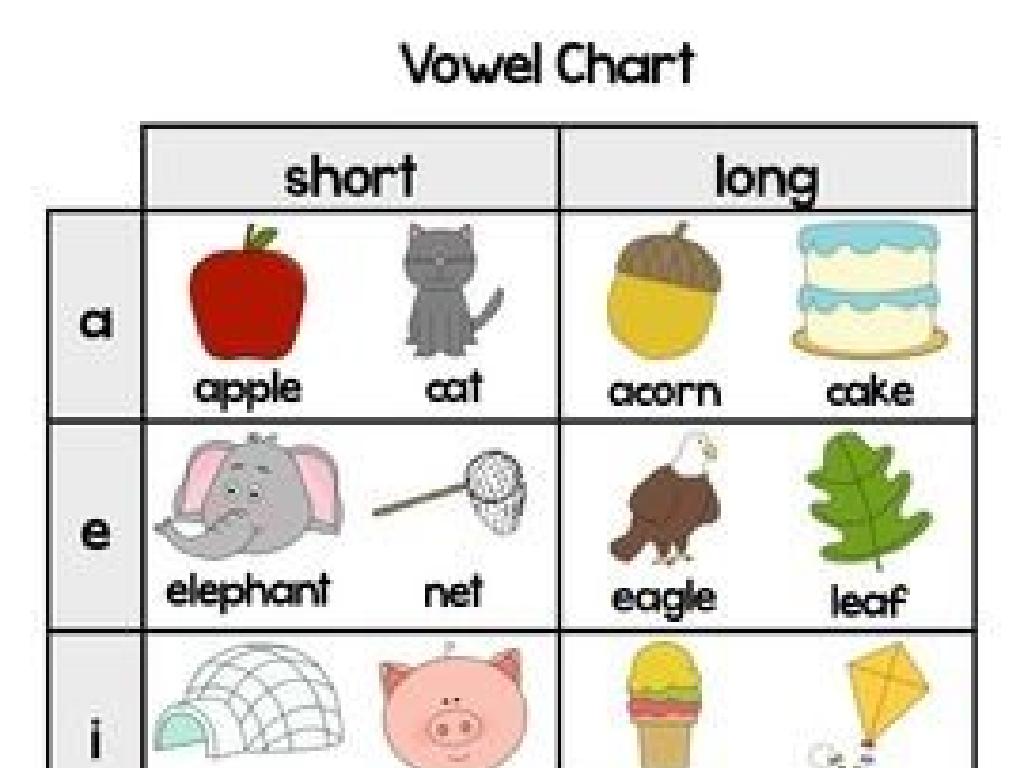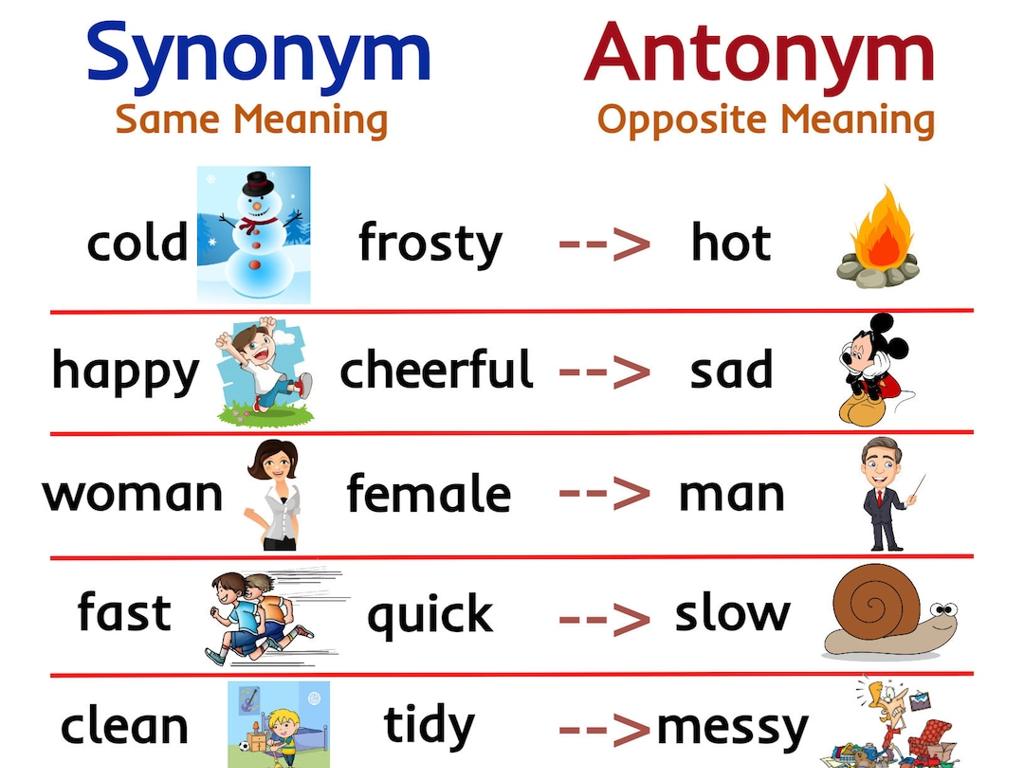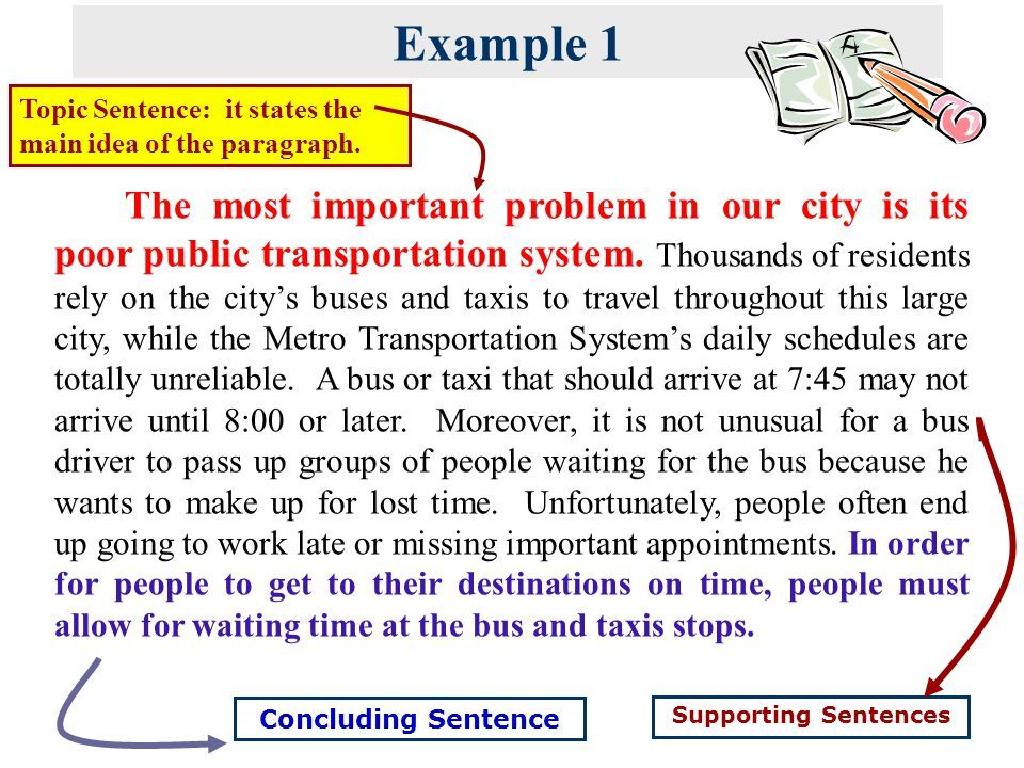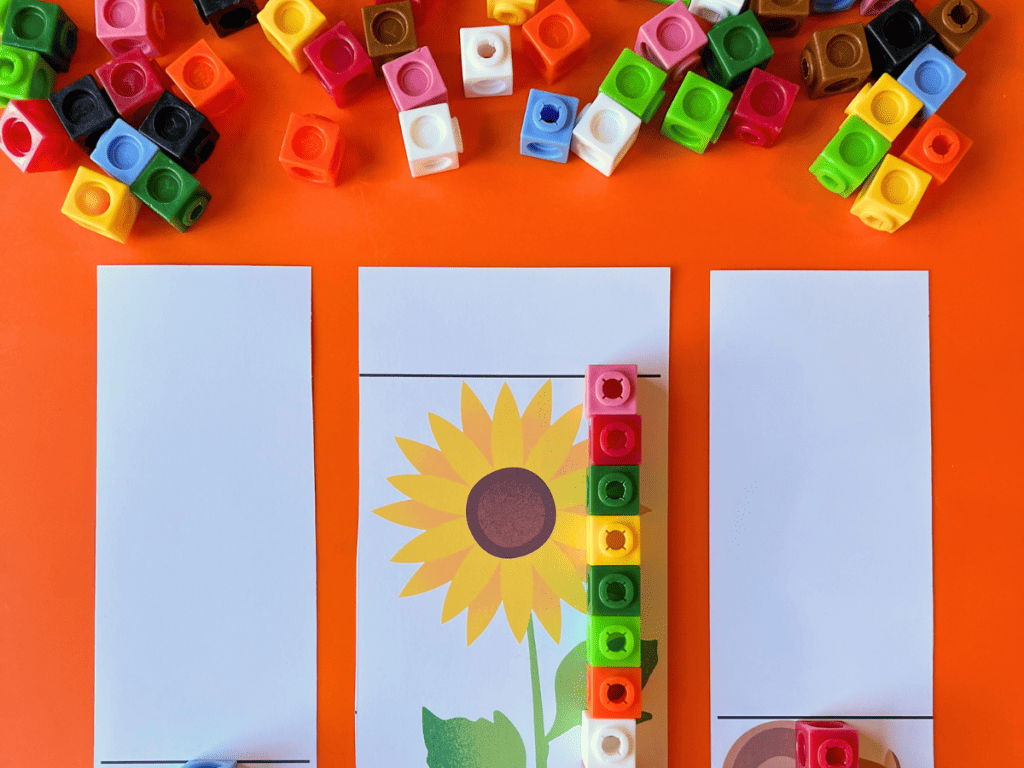Changes To Earth'S Surface: Erosion
Subject: Science
Grade: Third grade
Topic: Earth Events
Please LOG IN to download the presentation. Access is available to registered users only.
View More Content
Understanding Erosion: Earth’s Changing Surface
– What is erosion?
– Erosion is when earth, rock, or soil is worn away.
– Why is erosion important?
– It shapes our landscape and can affect ecosystems.
– Examples of erosion
– Like rivers carving valleys or waves shaping a beach.
– Erosion’s impact on Earth
– It can create landforms but also damage human structures.
|
This slide introduces the concept of erosion as a natural process that changes the Earth’s surface. Begin by explaining erosion in simple terms, such as the wearing away of soil, rock, and other materials on Earth’s surface. Discuss why understanding erosion is important, for example, how it shapes landscapes and affects where plants can grow. Provide relatable examples, such as how a stream or river can create a valley over time, or how waves at the beach move sand. Highlight both the creative and destructive nature of erosion, mentioning its role in forming natural wonders, as well as its potential to damage buildings and roads. Encourage students to think of examples they have seen in their own experiences.
Understanding Erosion
– Erosion: Earth’s surface wears away
– Causes: wind, water, and ice
– Wind can blow soil away, water can wash rocks downstream, and ice can freeze and break rocks apart.
– Erosion’s role in shaping land
– Mountains, valleys, and riverbanks can all be formed by erosion.
– Examples of erosion in nature
– Grand Canyon and beach sand dunes are examples of erosion.
|
Erosion is a powerful force that changes the Earth’s surface. It’s important for students to understand that erosion is a natural process that can happen slowly over time or quickly in certain conditions. Discuss how wind can move sand to create dunes, water can carry rocks and soil downstream, and ice can expand to break rocks apart. Show pictures of the Grand Canyon as an example of erosion over millions of years, and sand dunes as an example of wind erosion. Encourage students to think of other examples they may have seen in their own experiences.
Causes of Erosion
– Wind erodes by blowing soil
– Wind can slowly move the soil from one place to another.
– Water washes soil in rain
– Heavy rain can make rivers of mud that move the soil.
– Rivers carry soil away
– Rivers can pick up soil and move it along their path.
– Ice breaks rocks apart
– Water gets into cracks, freezes, expands, and breaks the rock.
|
This slide introduces the concept of erosion and its causes to third-grade students. Erosion is the process where Earth’s surface gets worn down by natural forces. Wind can carry away topsoil, which is important for plants to grow. Water, especially during heavy rains, can create streams that carry soil and even change landscapes over time. Rivers are constantly moving and can take bits of the Earth along with them, reshaping the land. Ice, particularly in colder climates, can cause rocks to crack and break as water enters the cracks, freezes, and expands. These concepts should be explained with simple examples and demonstrations, such as showing pictures or videos of these processes in action, to help students visualize how erosion changes our planet.
Effects of Erosion on Earth’s Surface
– Erosion shapes the land
– Valleys and canyons are created by erosion
– Erosion can cause landslides
– Landslides happen when too much earth is worn away
– Erosion changes habitats
– Plants and animals may need to find new homes
– Erosion’s role in nature
|
This slide aims to educate third-grade students on how erosion affects our planet. Erosion is a powerful force that can shape the land by wearing away rocks and soil, creating new landforms such as valleys and canyons. However, it can also have negative effects, such as causing landslides, which can be dangerous and destructive. Additionally, erosion can change the habitats where plants and animals live, sometimes forcing them to find new homes. It’s important to discuss both the creative and destructive nature of erosion, providing examples like the Grand Canyon as a result of erosion, and how landslides can impact human settlements. Encourage students to think about how these changes might affect the environment and the organisms that live there.
Erosion vs. Weathering: Shaping Earth
– Understanding Weathering
– Weathering breaks down rocks into smaller pieces.
– What is Erosion?
– Erosion moves the broken pieces away.
– Weathering and Erosion Together
– They team up to change Earth’s surface.
– Earth’s Changing Face
|
This slide introduces the concepts of weathering and erosion and how they work together to shape the Earth’s surface. Weathering is the process that breaks down rocks, soil, and minerals into smaller pieces through actions like freezing and thawing, plant roots, and even animals. Erosion is the process that moves these broken pieces from one place to another, often by wind, water, or ice. Together, these processes are responsible for many of the landforms we see around us. Encourage students to think of examples of weathering and erosion they may have seen, like sand on a beach or smooth pebbles in a stream.
Preventing Erosion: How Can We Help?
– Plants secure soil with roots
– Roots act like anchors for the soil
– Terraces on hillsides help
– Steps on a hill can stop soil from sliding down
– Barriers slow down water
– Like a dam, barriers keep water from washing soil away
– Our actions make a difference
|
This slide aims to educate third-grade students on practical methods to prevent erosion, a natural process that wears away the Earth’s surface. Emphasize the role of plants and their roots in holding soil together, acting as a natural barrier against erosion. Discuss how terraces can be built on slopes to reduce the speed at which water moves downhill, preventing soil from being washed away. Introduce the concept of man-made barriers, such as walls or dams, which can also slow down water and protect the soil. Highlight the importance of human intervention in preventing erosion and preserving the environment. Encourage students to think of ways they can help prevent erosion in their own community.
Class Activity: Exploring Erosion
– Build a mini hill with soil and sand
– Simulate rain using water
– Observe how erosion occurs
– Watch the changes as water flows over our hill
– Discuss our observations
– What did we learn about erosion from this experiment?
|
This hands-on activity is designed to help students understand the concept of erosion in a tangible way. By constructing a mini hill out of soil and sand, students can visually grasp how landscapes can change over time. Simulating rain with water allows them to observe how erosion shapes the Earth’s surface. As the water ‘rains’ down, it will carry some of the soil and sand away, mimicking natural erosion. Encourage students to take notes on what they see, particularly how the hill changes shape and where the soil and sand end up. After the experiment, lead a discussion to help them articulate their observations and connect them to the broader concept of erosion. Possible discussion questions include: How did the water change the hill? Where did the soil and sand go? How might this happen in nature?
Understanding Erosion: Protecting Our Planet
– Erosion changes Earth’s surface
– Nature’s power is immense
– Our role in preventing erosion
– Discuss how plants can help prevent soil erosion
– Actions to protect the environment
– Planting trees and building barriers can reduce erosion
|
This slide concludes our lesson on erosion by summarizing the impact of erosion on Earth’s surface and emphasizing the importance of respecting and understanding the natural forces at play. Highlight the role humans can play in preventing erosion by taking care of the environment. Encourage students to think about how the planting of trees and other vegetation can help stabilize soil and prevent erosion. Discuss human-made solutions like barriers that can also help protect the land. This slide should inspire students to think about conservation and their ability to make a positive impact on the environment.





